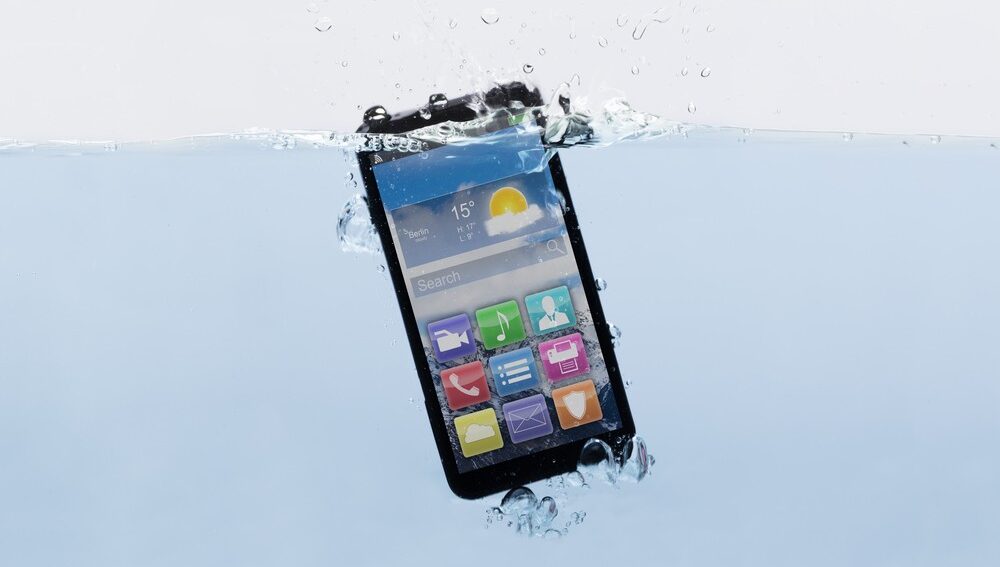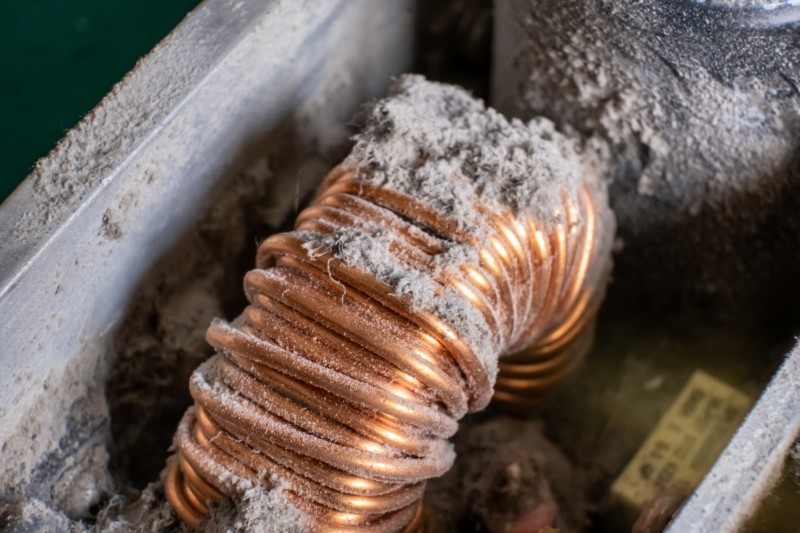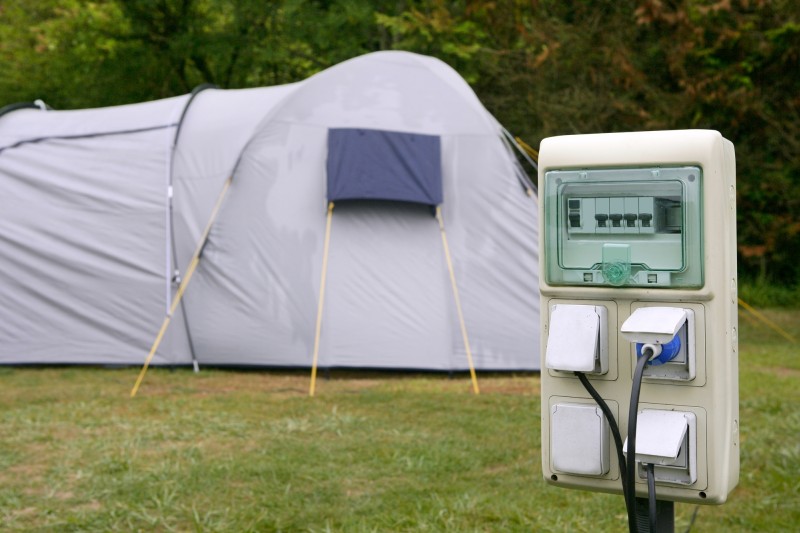How to Waterproof and Dustproof Your New Product: An Introduction to IP Ratings
Learn what a product’s IP rating is and what you will need it to be to protect your own product from unwanted liquids and solids.

This article is a guest post by Alex Berrou who is a mechanical design engineer, and one of the experts available to help you inside the Hardware Academy.
When developing a new hardware product one of the first questions that you must ask yourself, and that will be asked by any hired designer, is what IP rating does your product need.
This question is critical due to how central it is to the physical design of your product.
The IP rating, along with the manufacturing technology to be used, is one of two major factors in determining everything about an enclosure’s shape and characteristics.
Not only that, but it will also impose limitations on the choice and layout of electrical components.
This article will help you make an informed choice by explaining what a product’s IP rating is, what you need it to be, and how to go about designing with this in mind.
What is an IP Rating?
The IP, or Ingress Protection, rating is a number that indicates a product’s resistance to penetration by solids and liquids. It reads as “IP XY”, where X is the degree of solid proofing and Y the liquid proofing.
Scales for solids
1. Protected against an object greater than 50mm
2. Protected against an object greater than 12.5mm
3. Protected against an object greater than 2.5mm
4. Protected against an object greater than 1mm
5. Protected against dust. Limited ingress permitted, if it does not interfere with the functions.
6. Completely dust tight.
Scales for liquids
1. Protected against vertical falling drops. Limited ingress permitted.
2. Protected against drops falling up to 15° from the vertical. Limited ingress permitted.
3. Protected against drops falling up to 60° from the vertical. Limited ingress permitted.
4. Protected against sprays from all directions. Limited ingress permitted.
5. Protected against jets from all directions. Limited ingress permitted.
6. Protected against pressurized jets from all directions. No ingress.
7. Can be immersed up to 1m for 30 minutes.
8. Completely waterproof. A maximal water pressure (hence depth of use) must be specified.
In most countries, an official certification of your product’s IP rating is only necessary if it can pose health risks, otherwise it will be incorporated into the general electrical certification process.
This is most often the case if your product uses high voltages, meaning if it is plugged in. Products that rely on a battery are generally exempted, at which point the IP rating becomes a matter of customer information like any other.
What IP Rating Does Your Product Need?
It is up to you (or a hired designer) to determine the IP rating of your product, which requires you to think about the exact circumstances in which it will be used.
Remember, a high IP rating will increase the cost and complexity of the product. Your goal is to determine how low you can afford to go without compromising the device’s functions.
In deciding this for your own product, here are some key factors to think about.
User safety
The first question you must ask yourself is how can my product harm the user? This most obviously applies with the low tiers of the solid rating.
An enclosure can hardly be called that if your user can stick a finger in it, after all.
This is most critical if the product’s content can be a health hazard. High voltages and moving parts can be the main culprits here, and must be protected at all cost.
For this reason, basically any product will need at least an IP 3X rating. In case of liquid exposure for a high voltage product, an IP rating of at least X7 is also highly recommended.
Of course, it is not always possible to fully protect these parts. A robot’s wheels or a blender’s blades can not function if they are totally sealed away. In such cases, other safeties are possible, such as torque limiters and safety switches.
Product durability
The second question you must ask yourself is, what can damage my product?
Once again, the lower solid ratings are a necessity here. Both electronics and mechanical parts tend to be negatively affected when a screwdriver is thrust into them.
Beyond that, however, how will your product react to water and dust ingress? Remember, many types of dust and some types of water can be electrical conductors, depending on their contents.
And the majority of electrical circuits will have exposed parts at the junctions of components.
Just how sensitive are your components, and how much of a short-circuit can they take? What about moving mechanisms, can dust lead to a clog or extra friction?
Most products can endure small amounts of dust and humidity, hence the “limited ingress permitted” that is specified in many tiers of the IP chart.
But the slow accumulation of dust and/or evaporation marks can lead to long-term consequences, as anyone who has cleaned a very old computer can attest to.
Dust exposure
It is one thing to think of the consequences of exposure on your product, but then there is the question of what it will be exposed to.
Most electrical products will not be used in a dust-proof white room, but the nature of the dust that they are exposed to will still vary.
Your general household dust, composed mainly of dirt aerosols, pollens and desiccated skin flakes, has low conductivity and penetration.
It will generally only pose a threat to a product by accumulating on radiators and hampering the evacuation of heat in general.
More problematic are small insects. Even an IP 4X device can serve as a nest for a variety of critters, which will drag in dust and debris while leaving their carcasses on circuits.
As such, devices that are in use outside will benefit from an IP 5X or higher rating.
The greatest risk of solid infiltration is in an industrial setting. There, metallic dusts or other particulates can be highly conductive and/or abrasive, and fine to the point of penetrating even the smallest crack in a joint.
Therefore, it is common to protect electrical components in industrial settings using filtered ventilation systems, which ensure that the pressure inside of the enclosure is higher than that of the environment.
This means the only air that enters is filtered to an aerosol level, while any cracks or defects in the enclosure are subject to a constant outflow of air. Alternatively, critical components will simply be drowned in silicone resin.
Water exposure
The exposure to liquids is of course one of the most variable aspects of any device, and this is where the IP rating is most critical.
Rain is not the only possible source of humidity to consider. You must also think of washing, projections, spilled drinks, and a variety of other possibilities.
For any product that can be used outside, it is generally fair to assume that an IP X4 rating will be necessary at the very minimum. Never assume that rain only falls down, or your product will be flooded at the first gust of wind.
Generally, a suspended product can be expected to dry off quickly, while a ground-based one might have to deal with lingering humidity, and thus be less forgiving.
You have to think of what is a reasonable use case for your product.
The manufacturer of a computer can’t be blamed if someone tries to use it in the rain, or spills a drink on it, for example. Conversely, it shouldn’t break from being cleaned with a damp cloth.
How to obtain a given IP rating
The difficulty and cost of obtaining a given IP rating is exponential. Low ratings are very easy, but high ones will add increasingly complex constraints that quickly pile on.
In this section we will go over these constraints and how to solve them, starting from the bottom and covering the solid and water scales separately.
IP Ratings for Solids
IP 1X to IP 4X
These IP ratings are almost always necessary, and are thankfully very simple to implement. The trick is not to leave any gaping holes in your enclosure.
Things can get tricky, though, in cases where heat evacuation is necessary. However solutions are available like adding a mesh screen over an air outlet during manufacturing.
IP 5X
This is the last solid IP rating that can be obtained with simple solid parts, comparable to IP X4. As such, it remains quite simple and cheap to bring about for an enclosure.
As long as there is overlap between the shell parts and no open space around components, the intake of dust will be negligible.
Nonetheless, this still requires a keen eye for dimensional accuracy, particularly if there are plugs, buttons and other holes in the enclosure.
The fit of the different parts will have to be perfect, with electrical components inserted neatly through the holes in the enclosure.
IP 6X
The requirements for IP 6X are comparable to those of IP 7X. Every interface must be sealed by a flexible gasket, which must be under pressure.
Every hole in the enclosure must be appropriately covered by flexible parts, and all of them must be secured to the enclosure under pressure.
This adds some noticeable costs to the product, both initially (the design work becomes much more complicated) and in manufacturing (extra parts to manufacture, and flexible plastics are costlier).
As such, it should only be done when strictly necessary, such as for devices that will be used in a dirty industrial setting.
IP Ratings for Liquids
IP X1 to IP X3
Just like the low solid IP ratings, these are simple to design. Do not leave holes on the top or sides of your enclosure. This can add some constraints for manufacturing, such as proper overlap between the parts of an enclosure, but these are seldom critical.
IP X4
A step up in complexity, this rating is comparable to IP 5X. As such, all parts of the product’s enclosure must overlap in a way that leaves only the free space required for assembly.
All holes in the enclosure for buttons, plugs and other things will have to have a very tight fit and carefully calculated dimensions.
IP X5
At this rating, the addition of extra flexible parts generally becomes necessary. While halves of an enclosure may still be fitted to each other directly, any component accessible from the outside will require some sort of flexible gasket or plug.
The latter is generally easier to design, but does not allow for the usage of a component while it is exposed to the elements.
For example a waterproof camera may have a silicone plug inserted into and over the charging port. This keeps it waterproof, but not when you have to charge the product. So consider if your product can work under similar limitations.
IP X6
At this IP rating any exterior accessing components must be explicitly designed to be waterproof thus making them more expensive.
The process of assembly also becomes more complex, since the enclosure must be closed with a flexible gasket and tightened by screws or other attachment methods in multiple points.
IP X7
It is nearly impossible for an IP X7 enclosure to have any exterior accessing parts.
Buttons can still work if they are covered in a flexible layer, such that pressing them does not create an opening to the outside. Indicators will need a carefully fitted screen, with a fully tightened gasket.
The process of assembly has to be carefully seen to, as insufficiently tightened screws can lead to a leak.
IP X8
The characteristics of IP X8 vary depending on what pressure the components are designed to work in. For reference, this can go to atmospheric (1 bar), to deep-sea (1086 bars at Challenger Deep), and more in space exploration.
Assuming that you are designing a shallow-water product, hence less than 10 yards (2 bars), this generally means that any separate flexible joints are out.
The go-to solution here is over-molding, where you have your flexible parts molded directly onto your product, in such a way as to bond them to the solid material permanently.
All interface components will have to be both waterproof and thoroughly sealed in silicone, with plugs on top. Needless to say, this is a very costly process, which will increase the price of your enclosure by an order of magnitude.
Conclusion
When designing a product, you must think of two things, what environmental pressures will it be exposed to, and what must it resist?
The difference between the two will give you the IP rating that you require.
Remember, higher IP ratings are exponentially costlier to implement, thus your goal should be to determine the lowest acceptable IP rating for your exact product application.



